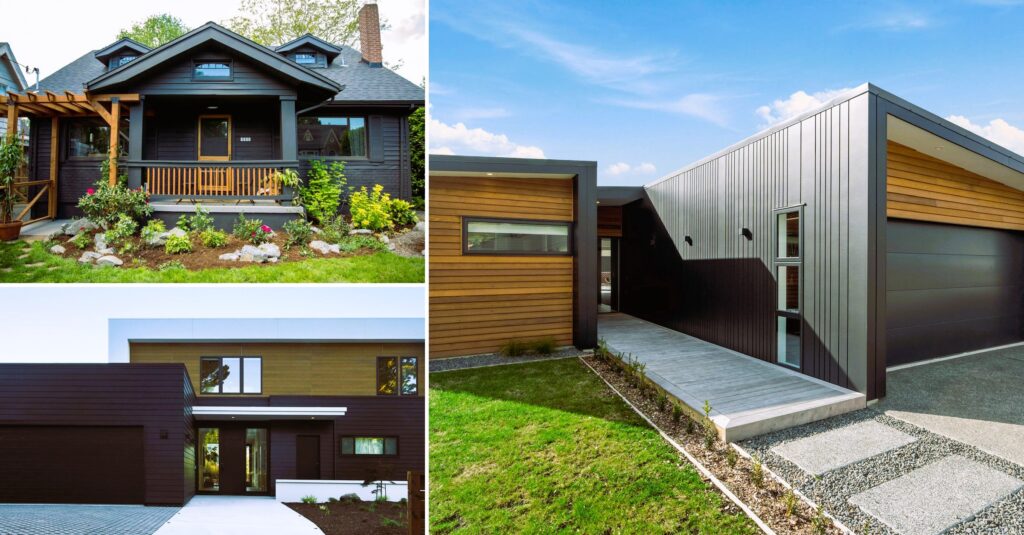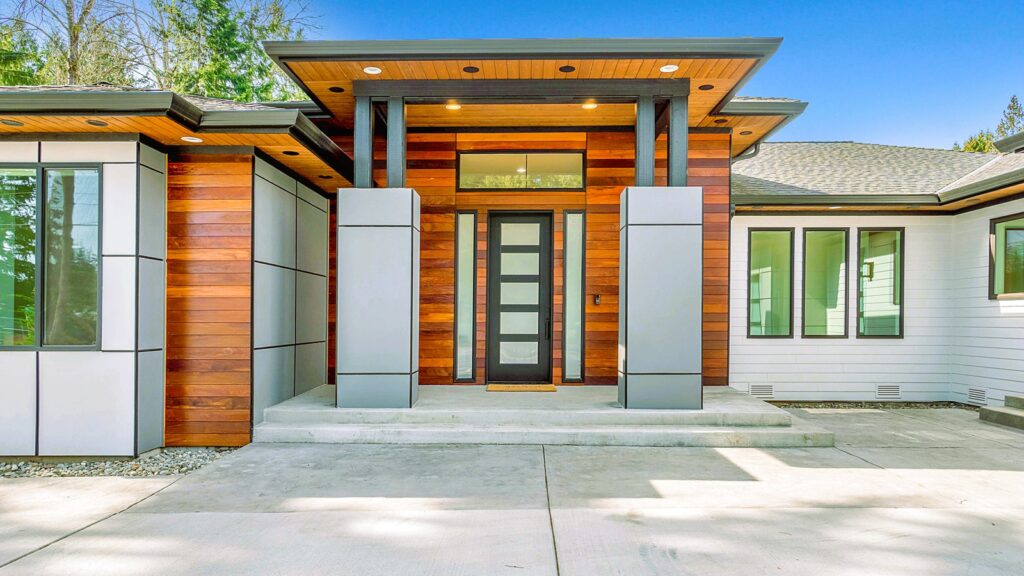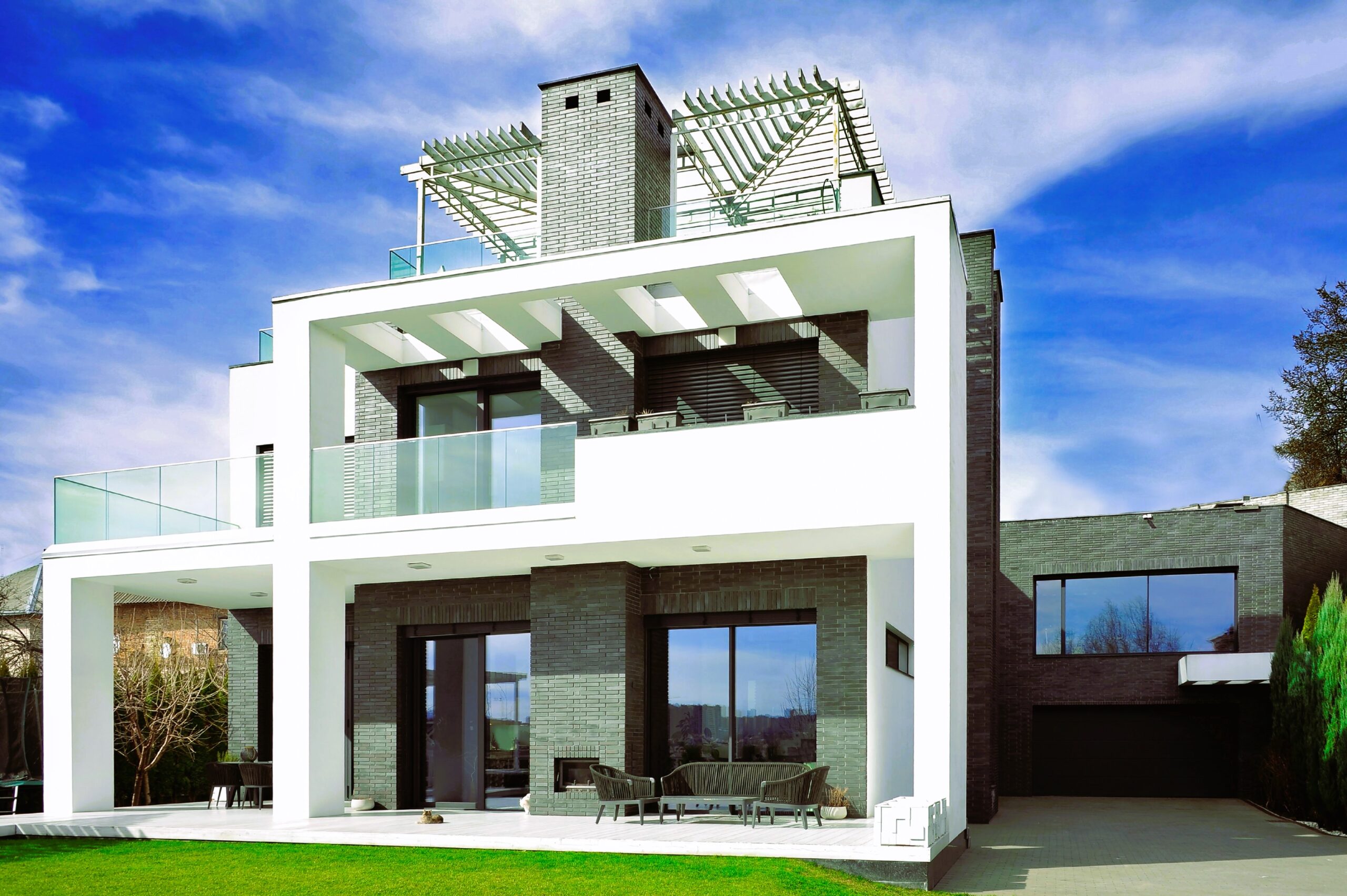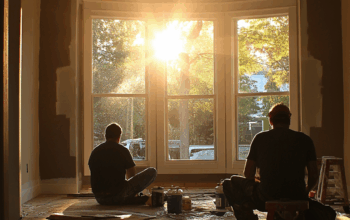In the realm of architecture and design, the evolution of styles and trends is a dynamic reflection of societal values, technological advancements, and cultural influences. As we venture further into the 21st century, contemporary architecture continues to push the boundaries of innovation, challenging conventional notions of form, function, and aesthetics. In this article, we explore the modern exterior design trends that are shaping the landscapes of urban and suburban environments, driving a paradigm shift towards a more progressive and sustainable built environment.
Embracing Minimalism
One of the defining characteristics of contemporary architecture is its embrace of minimalism. Clean lines, simple geometries, and a focus on essential elements define the modern exterior aesthetic. Buildings with minimalist facades exude a sense of elegance and timelessness, emphasizing clarity of form and spatial harmony. This design approach prioritizes functionality and efficiency while eschewing unnecessary ornamentation.
Integration of Sustainable Materials

As environmental consciousness grows, so does the emphasis on sustainability in architectural design. Contemporary architects are increasingly incorporating sustainable materials into their projects, seeking to minimize environmental impact and maximize energy efficiency. From reclaimed wood and recycled metals to innovative eco-friendly composites, the use of sustainable materials not only reduces carbon footprint but also adds a unique aesthetic dimension to modern exteriors.
Emphasis on Connectivity
In an increasingly interconnected world, contemporary architecture seeks to foster a sense of connectivity between indoor and outdoor spaces. Seamless transitions between interior living spaces and exterior environments blur the boundaries between inside and outside, creating a harmonious relationship with nature. Features such as expansive glass walls, sliding doors, and outdoor living areas promote a sense of openness and integration with the surrounding landscape. Do you like our articles? Read also about the power of landscape design.
Dynamic Facades
Contemporary architecture embraces experimentation with facade design, pushing the boundaries of creativity and expression. Dynamic facades featuring kinetic elements, perforated screens, and innovative shading systems not only enhance visual interest but also serve practical functions such as sun control, privacy, and ventilation. These dynamic elements add a layer of sophistication to modern exteriors, creating ever-changing visual experiences that respond to environmental conditions and user interactions.
Embracing Technology
Advancements in technology have revolutionized the way we design and construct buildings, enabling architects to push the limits of what is possible. From parametric modeling and digital fabrication to smart building systems and integrated automation, technology plays a central role in contemporary architecture. Modern exteriors often feature high-tech solutions for energy management, security, and user comfort, seamlessly integrating cutting-edge technology into the built environment.
Sustainable Development Goals

The adoption of sustainable practices in architecture aligns with global efforts to achieve the United Nations Sustainable Development Goals (SDGs). By prioritizing environmental stewardship, resource efficiency, and social responsibility, contemporary architects contribute to the advancement of sustainable development objectives. Initiatives such as green building certification programs, renewable energy integration, and community-oriented design promote a more sustainable and resilient built environment.
As we navigate the complexities of the modern world, contemporary architecture offers a compelling vision for the future of our built environment. By embracing minimalist aesthetics, sustainable practices, technological innovation, and a holistic approach to design, modern exteriors reflect our aspirations for a more equitable, resilient, and harmonious society. As architects and designers continue to push the boundaries of creativity and innovation, the evolution of contemporary architecture promises to shape the landscapes of tomorrow in profound and transformative ways.
For more information on contemporary architecture and sustainable design practices, visit Wikipedia’s Contemporary Architecture Page.
Remember, the future of architecture lies in our ability to embrace change, challenge conventions, and create spaces that inspire, innovate, and endure.




